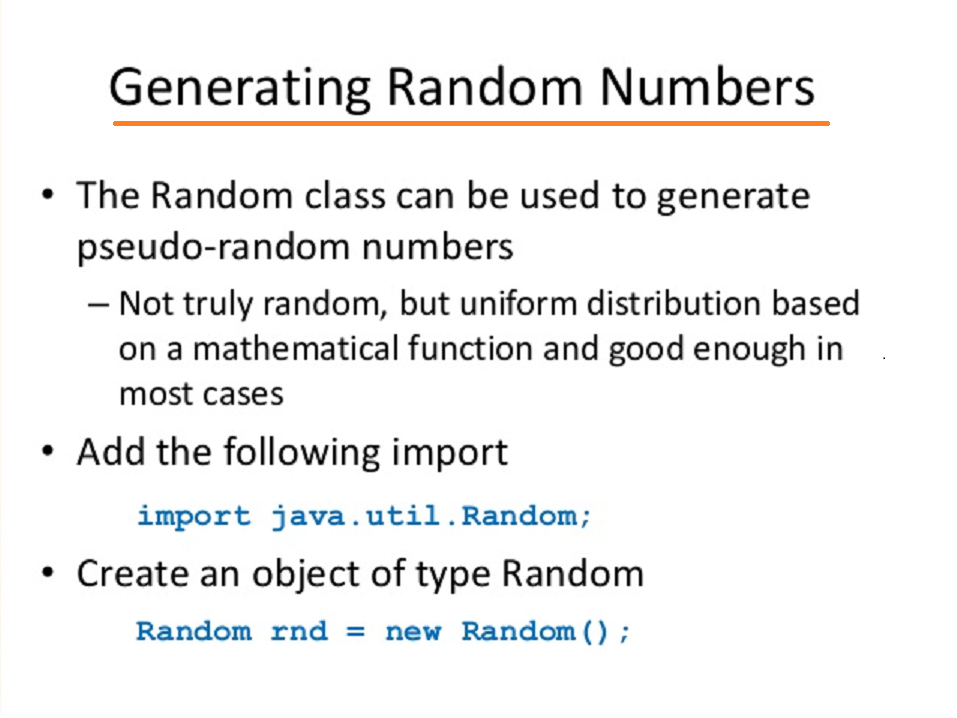
With 0.19 it is possible to configure multiple context stores. topic = " banana " ) ) Multiple context stores

For example, this function would sendĪnything on topic banana to the second output rather than the first: if ( msg. This makes it easy to write a function that sends the message to different Is more than one output, an array of messages can be returned by the function to return Math.random() < 0.5 Your results would be ever so slightly skewed due to the fact that Math.random() cannot return 1.0, due to the fact that the java API specification states: 'Returns a double value with a positive sign, greater than or equal to 0.0 and less than 1.0. The function edit dialog allows the number of outputs to be changed. If you were to continue to use Math.random() and lets say. See logging section below for more details. Use node.warn() to show warnings in the sidebar to help you debug. Nodes should return the message object they were passed having made any Msg.res properties to be preserved end-to-end.

This will break some flows,įor example the HTTP In/Response flow requires the msg.req and Lose any message properties of the received message. Import 3.Note : constructing a new message object will Now that, you understand the different ways to make random numbers in Java, particularly in a specified range, let's see a complete Java program that uses these methods to actually generate random values and display it on a console. Java Program to generate random numbers between a range Since the bound is exclusive, you probably need to increase the range by 1 to get the values precisely between the range. Int random = RandomUtils.nextInt( 1, 52 + 1) Īs the name suggests it returns int values for a given range but only start is inclusive. This is also the most up-to-date course to learn Java and recently updated to cover the latest JDK version. Btw, if you are starting with Java and a beginner in this field, I suggest you join a comprehensive course like The Complete Java Masterclass on Udemy.
#Adding parameters to math.random java code
In this article, I'll go through each of these approaches apart from the Math.random(), and we'll see code examples to create random numbers in a range, like 1 to 10 or 1- 52 or 1- 6, etc. This has a method public static int nextInt(int startInclusive, int endExclusive), which returns a random integer within the specified range. The third and probably the best approach to generate random integers in a range is to use a general-purpose Java library like Apache Commons Lang, which provides a class called RandomUtils. Though, you also need to apply a little bit of Mathematics to generate random integers between two numbers. You can use the nextInt() method to generate random integers. For example, random(5) returns values between 0 and 5 (starting at zero, and up to, but not including, 5). If only one parameter is passed to the function, it will return a float between zero and the value of the high parameter. The next and suggested approach is to use the class generates random numbers and provides methods to make an arbitrary integer, long, float, double, and even boolean values. Each time the random() function is called, it returns an unexpected value within the specified range.

If you are good at maths, you can use that method to generate a random number between any range, but that's not the best approach, particularly if you need integer values and not the float or double. The support of random numbers exists from JDK 1 via Math.random() method which returns a random number, albeit a floating-point value, a double between 0 and 1.
#Adding parameters to math.random java how to
Then, the question comes, how to solve this problem? How to generate random int values between a range? Well, you need to do a little bit of work.Įven though JDK doesn't provide a simple solution, it provides all the tools you need to generate those random numbers. Many times you need to generate random numbers, particular integers in a range but unfortunately, JDK doesn't provide a simple method like nextIntegerBetween(int minInclusive, int ma圎xclusive), because of that many Java programmers, particularly beginners struggle to generate random numbers between a range, like random integers between 1 to 6 if you are creating a game of dice, or a random number between 1 to 52 if you are creating a game of playing cards, and you need to choose a random card, or most commonly random numbers between 1 to 10 and 1 to 100.


 0 kommentar(er)
0 kommentar(er)
